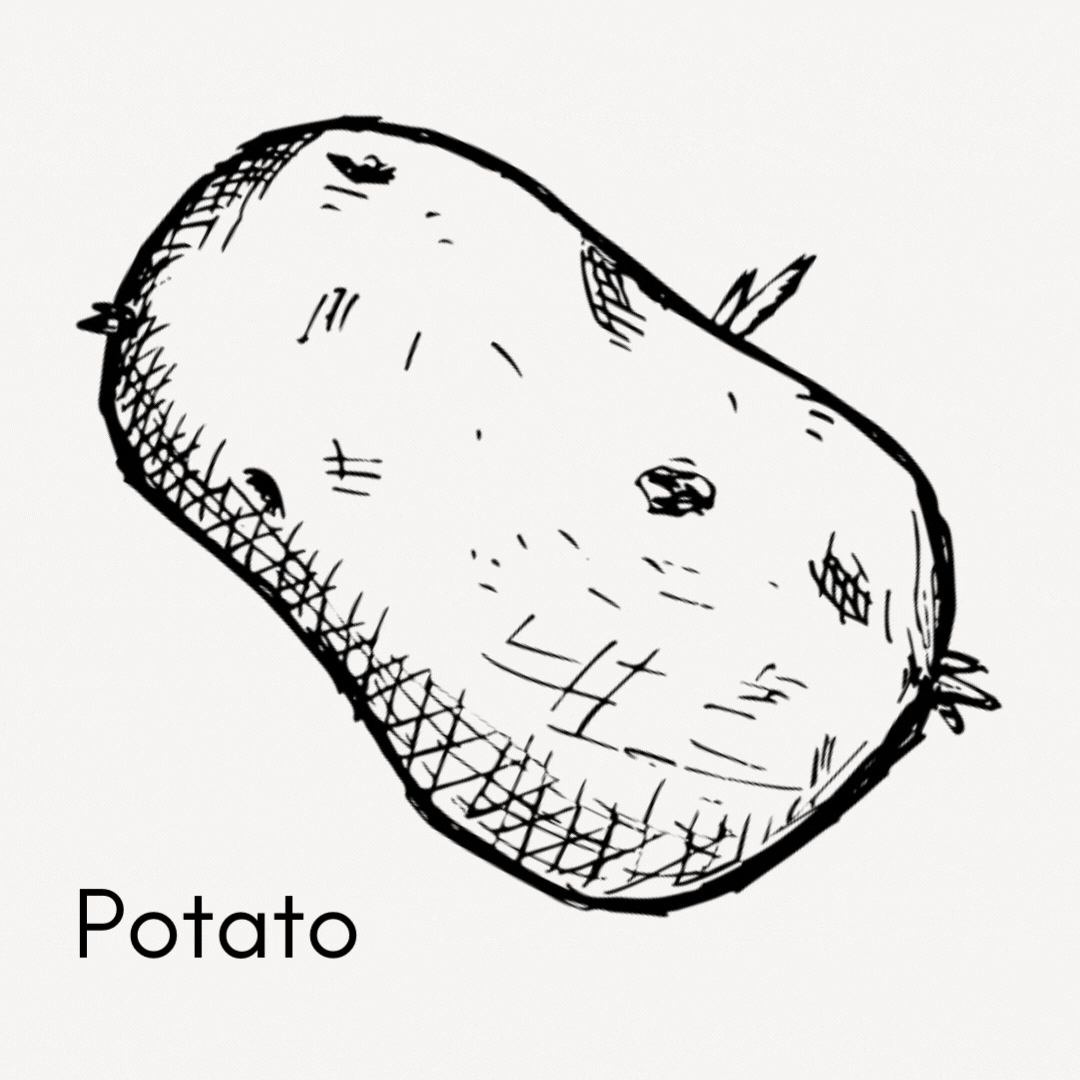Genetically Modified Organisms (GMOs)
A controversial sector of agricultural production.
Genetically Modified Organisms can be a hot topic! You might have already heard “GMO” tossed around in conversation.
Don’t let the noise confuse and mislead you!
Continue scrolling to read all of the content. Or, Click an icon to jump ahead.
GMOs: What are they?
What does “GMO” really mean? You might already know what “organism” means.
But what makes an organism “genetically modified”? This means the organism’s genes, or DNA, have been changed.
Scientists do this to change some of the organism’s qualities. Sometimes they do this by adding in genes from other organisms.
If you read more, you might see the term “genetic engineering,” or see GMOs called transgenic organisms. But we’ll stick to the term “GMO.”
GMOs: The Pros
Why would we want to change a plant’s DNA? There are tons of reasons.
Some GMOs are helpful to farmers–they help plants grow. They might:
Produce more food
Need less water
Change the way plants look or taste: genetic modification could make a tomato redder and more juicy-looking. Or it could keep a potato from browning when you cut it open.
Help farmers to manage pests
Some GMOs are changed to give them resistance to pesticides. That means pesticides won’t kill them.
For example, some crops are resistant to Roundup (a common pesticide). These are coined as “Roundup Ready.”
So what? This way, farmers kill pests like weeds without worrying that they will kill their crops. Farmers can spray a whole field of Roundup Ready corn with Roundup and only the weeds will die!
That makes it cheaper, faster, and easier for the farmer. But it also has some consequences.
GMOs: The Cons
Remember how huge fields can be—hundreds of acres or more. So when you spray that whole field that is a lot of pesticides!
That can affect workers…
The workers who spray pesticides are regularly using them, putting them at high risk of exposure. Some workers don’t even have protective equipment to keep them safe.
Agricultural workers also often live near the fields where pesticides are being sprayed. This means that they may be exposed to pesticides when they aren’t working, too.
…and it can also affect the environment and the public
Like fertilizers, pesticides don’t just stay on the plants. When it rains, the pesticide might wash into our soil and our waterways. This is called runoff.
Runoff pollutes waterways (think lakes and rivers), affecting the health of people and the environment.
People might eat fish that have eaten pesticides and be exposed to toxic pesticide residue. Or, runoff with pesticide residue can ruin ground or surface water that provides drinking water to entire communities.
Another issue that might come up is pesticide resistance.
Some weeds might survive pesticides. Maybe that doesn’t matter in the short term–most of the weeds are still killed.
But in the long term, it can become a problem. When a field is sprayed over and over again, the surviving weeds reproduce. Their genes are passed onto their offspring, who then survive pesticide applications too!
This leads to pesticide resistance.
To kill these super-powered weeds, we would have to make a new pesticide.
We can also change a plant so it can poison insects that eat it. Instead of spraying on the pesticide, we make the plant itself resistant to certain pests.
One common plant with the quality of insect resistance is “Bt corn,” which has a bacteria in it that is toxic to certain pests. This form of GMO actually reduces pesticide use.
But adding pest resistance to a plant comes with its own issues. When a pesticide is part of a plant’s DNA, it doesn’t break down over time. Year after year, this exposes insects to the same pesticide.
Remember pesticide resistance in plants? Well, that can happen in insects, too. Some insects survive after eating the pesticide-infused plant. When those are the only insects left in the environment, they pass that ability to survive onto their children.
The more often they’re exposed to these plants, the faster that happens.
Let’s review. GMOs (organisms with altered DNA) can help farmers in a lot of ways:
They can grow better
They can look or taste better
They can resist pesticides
They can contain pesticides
GMOs: Can we settle the debate?
In a lot of arguments about GMOs, people talk about what they could do.
The disconnect comes from the ways GMOs theoretically could be used vs. the ways they most frequently are used.
To address this, we made a list of crops that are often genetically modified for growth in the United States and why.
Hover over each crop to see what modifications they often have:
Looking at why plants are GMO in reality can show us their real-life effects instead of focusing on hypotheticals.
Want to learn more?
Select a topic below for supplementary readings:
Ready to move on?

























